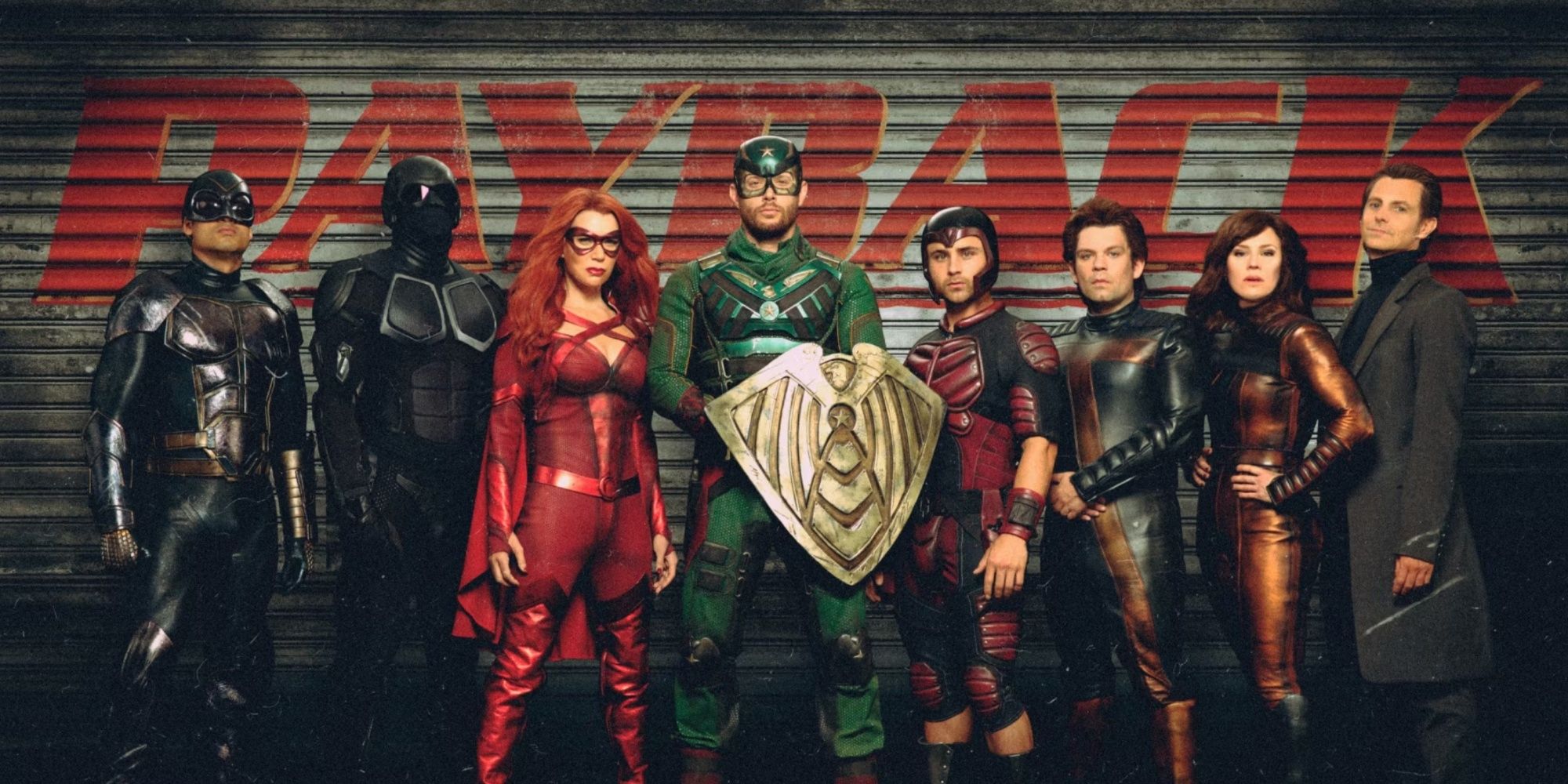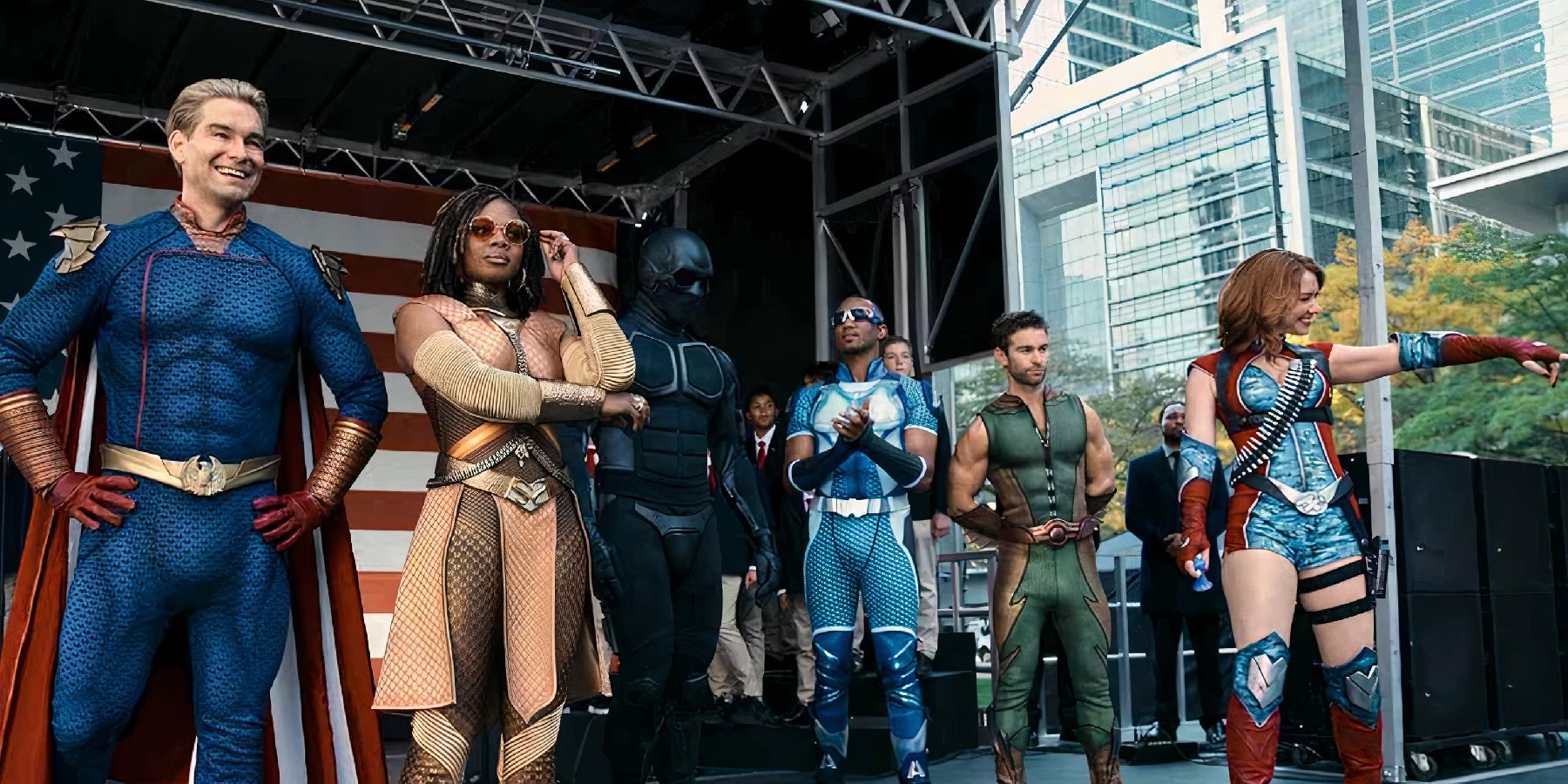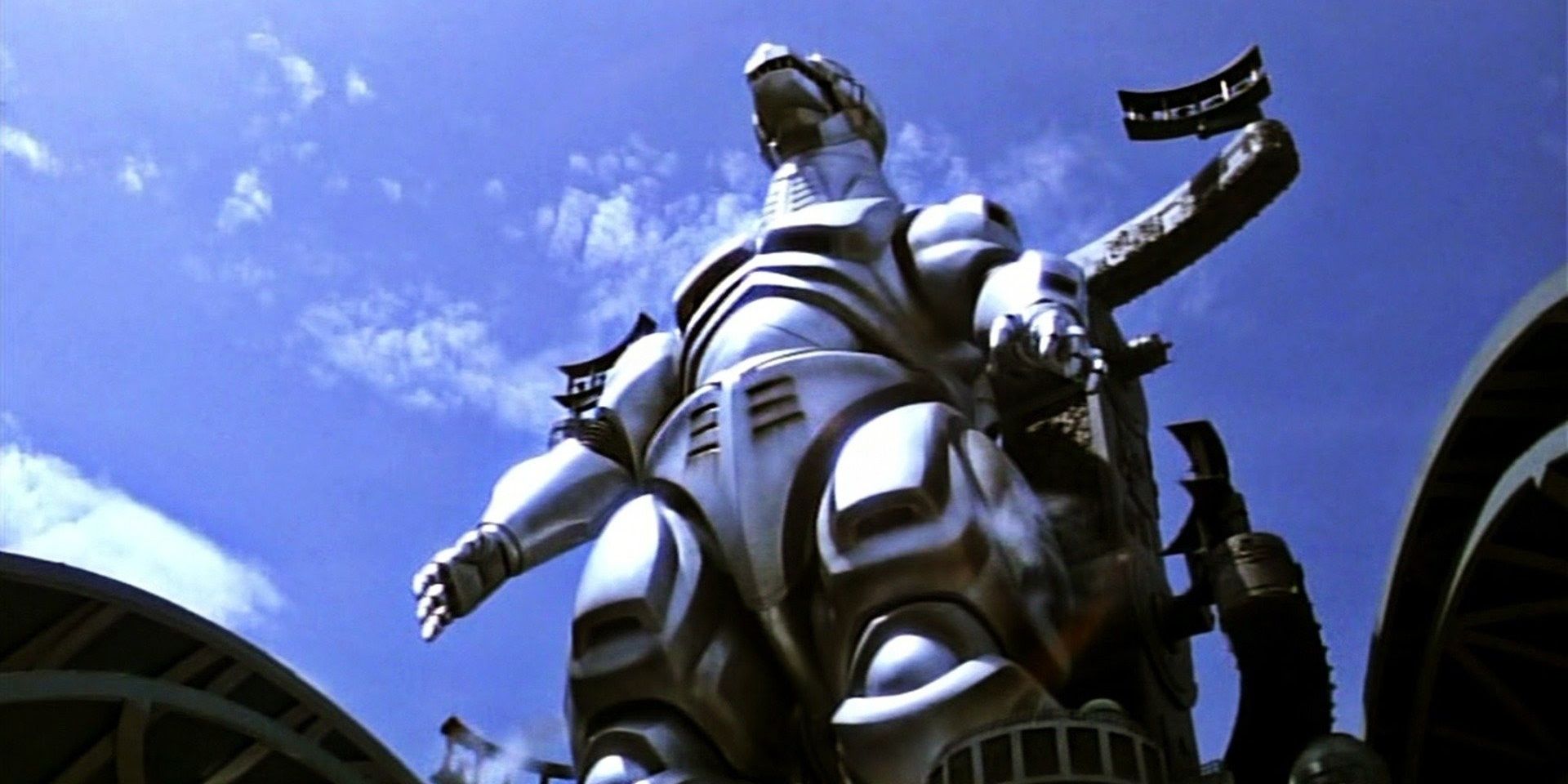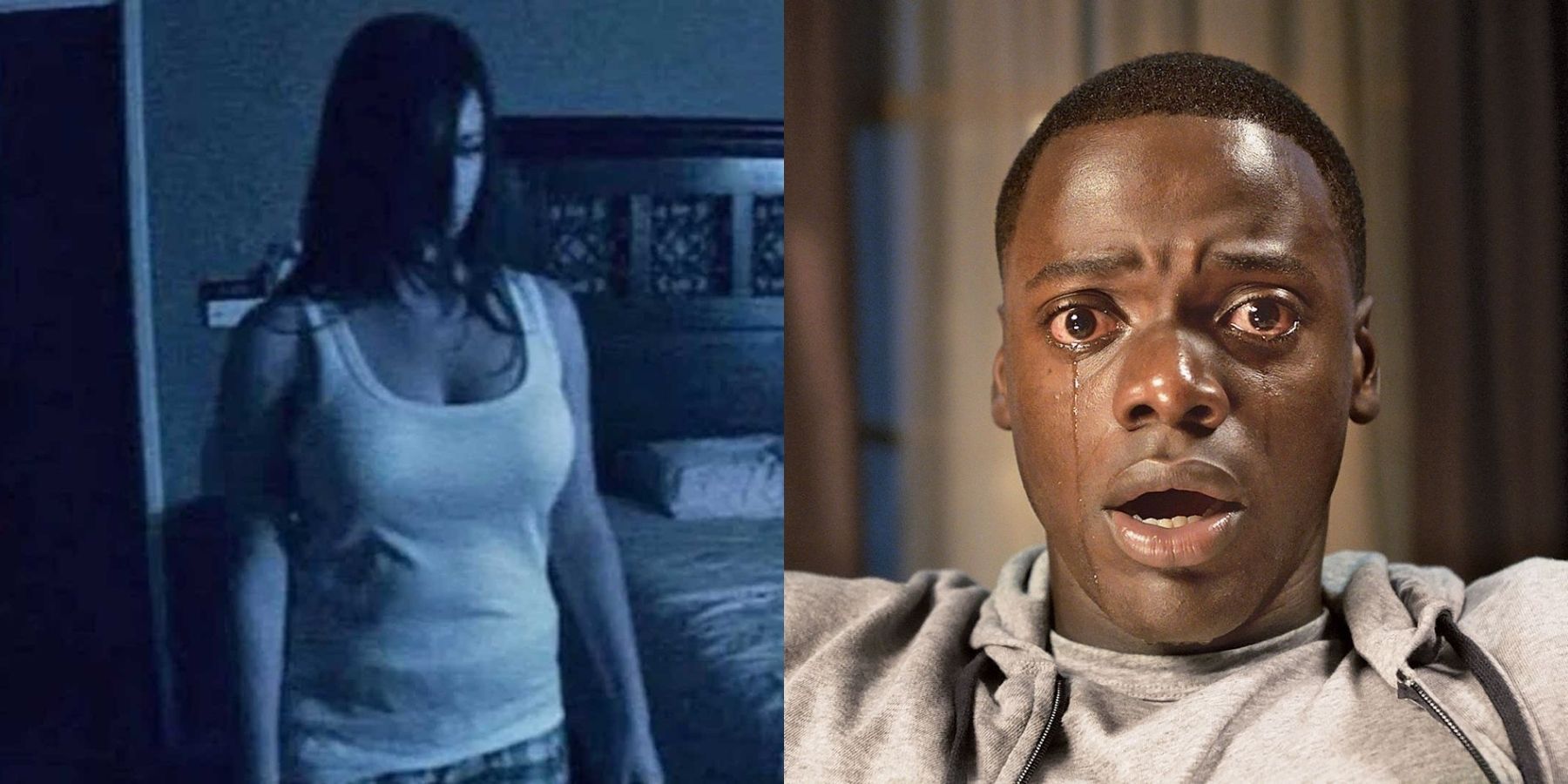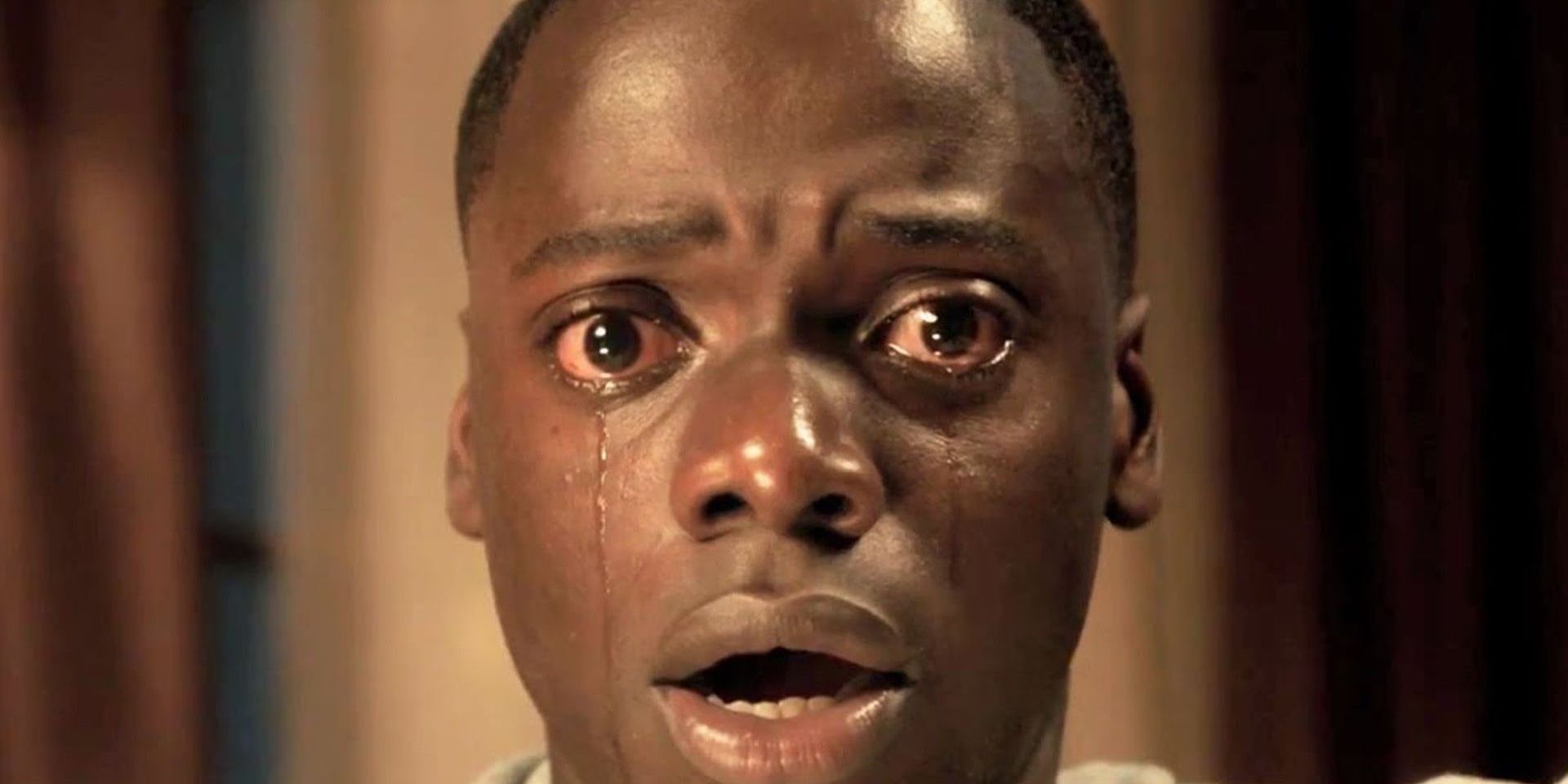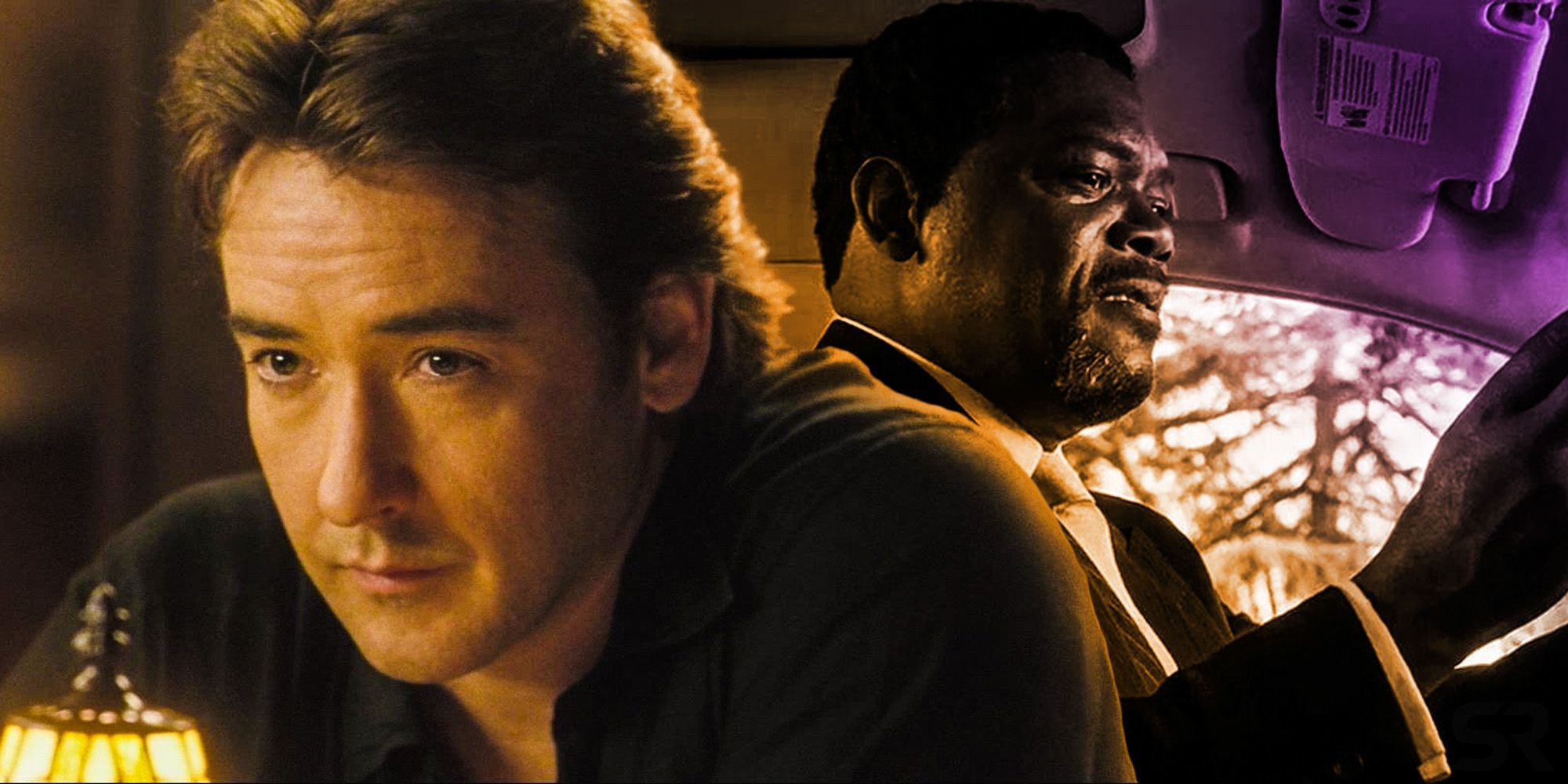Successful horror movies usually leave the audience unsettled, terrified, or, in rare cases, relieved at the end. That's not always the case with the horror genre, which is known for subverting its seemingly happy endings with some sort of dark twist. However, some original horror film endings go way too far. They are so gruesome and dark that they are deemed too much even for the genre and are substituted by lighter alternatives.
Some original horror movie endings beg the question of what if the protagonists never made it out? What if injustice prevailed? What if the monster won after all? No matter what might have come to pass in the final moments, these horror movies’ alternate endings would have made even the most hardcore fans uneasy.
Get Out (2017)
Jordan Peele’s directorial debut, Get Out, is arguably one of the most influential horror movies of the past decade. Its strong social commentary, plot twists, and excellent performance keep the audience engaged and terrified until the very end. The story follows an African American photographer Chris Washington (Daniel Kaluuya), who goes to a remote location to meet the wealthy family of his white girlfriend, Rose Armitage (Allison Williams). What starts as an awkward encounter turns into something much more sinister when Chris finds himself in the middle of a racial conspiracy to abduct and subjugate black people.
Despite its dark turns, the film has a relatively happy ending — Chris manages to take down his captors, escape the impending body switch with a creepy art dealer, and even dispose of his dubious girlfriend. He then sees the flashing blue lights indicating the arrival of the authorities but is relieved to see his security guard buddy Rod (Lil Rel Howery) instead. However, in the original ending, the police do show up instead of Rod. The movie was supposed to close with Chris in jail, unable to convince anyone of the truth. Peele decided that the more hopeful ending would be more gratifying to the viewers — a wise choice.
Hostel (2005)
Eli Roth’s gruesome horror focuses on a group of college students on vacation in Slovakia who are snatched after a night of partying to be locked up, tortured, and brutally killed by a mysterious organization. The film’s explicit violent nature is reminiscent of the Saw franchise, adding a whole new level of brutality and sadism to the mix — while being a tense and gripping experience, it’s certainly not for the squeamish.
Hostel’s theatrical ending sees the film’s protagonist, Paxton (Jay Hernandez), escaping the Elite Hunting Club, tracking down the Dutch Businessman responsible for his sufferings, and killing him in a public restroom. However, the director’s cut takes a much darker turn. In it, Paxton still tracks down his torturer, but instead of disposing of him, he kidnaps the man’s little daughter. The ending shows Paxton holding a struggling girl, suggesting she will suffer the similarly dark fate. While Roth insisted the resolution meant the protagonist saved the girl from her murderous father, the test audiences were appalled by the darker implications, leading to the director settling on the more satisfying and familiar ending.
1408 (2007)
This often underrated horror movie is based on Stephen King’s short story of the same name and boasts a stellar cast that includes John Cusack, Samuel L. Jackson, and Tony Shalhoub. The story follows Mike Enslin (Cusack), a skeptical author/supernatural investigator who decides to spend a night in a reportedly haunted hotel room 1408 while dealing with the death of his daughter. Unfortunately for him, the room is actually bursting with paranormal activity, trapping him inside and inflicting nightmarish visions in an attempt to convince him to commit suicide. In the end, Mike manages to set it on fire and is rescued by the firefighters at the very last moment.
In the alternative ending shown to test audiences, Mike isn’t so lucky. He dies in the fire, only to become yet another ghost that haunts the cursed hotel room. The director Mikael Håfström decided to reshoot the ending that the viewers deemed too much of a downer. It is, however, still featured on the Blu-ray release and selected DVDs.
Paranormal Activity (2007)
Oren Peli’s low-budget supernatural horror became a massive blockbuster hit, spawned a long-running franchise, and is rightly considered a pinnacle of the found-footage films. The premise is brilliantly simple — a young couple, Katie (Katie Featherston) and Micah (Micah Sloat), find themselves haunted by a malevolent presence in their home and set up a camera to document it. The movie reportedly has so many alternative endings that, according to Micah Sloat, they could have sufficed for a choose-your-own-adventure DVD. The theatrical release saw Katie getting possessed by the entity, killing Micah, and then sharing a disturbing smile with the audience before escaping the police. However, the ending was a result of Steven Spielberg’s intervention as a condition for Paramount distributing the movie.
Originally, Paranormal Activity was supposed to end with the possessed Katie being shot by the police. In one of the alternative endings, Katie returns to the room after killing Micah, smiles at the camera, and slits her own throat. The studio rejected both options as it didn’t want to dispose of the entity in the very first film and cut off the possibility of a franchise, for which many horror fans are undoubtedly grateful.
Alien (1979)
The cult Ridley Scotts’ sci-fi horror follows the Nostromo commercial space tug crew, who find themselves trapped with a deadly extraterrestrial predator set loose on board. The film’s protagonist, Ripley (Sigourney Weaver), became one of the most iconic final girls and went on to battle Xenomorphs in several sequels, launching one of the most successful franchises to date. While the familiar ending sees Ripley escaping Nostromo, blasting the alien out of the airlock in the final battle, and safely putting herself and Jonesey the cat into stasis on the way back to Earth, Scotts’ original cut would have changed the look of the franchise as the fans know it.
The Xenomorph was originally supposed to bust straight through Ripley’s helmet and rip her head off in the final confrontation. After that, the alien would have mimicked the captain’s voice, recording the final log, and supposedly waited to be ‘rescued’ by another doomed human crew. The studio vetoed the dark ending, going as far as threatening to fire Scott if he refused to change it — a smart decision considering the breakout success of the franchise and the following popularity of Weaver’s character.

